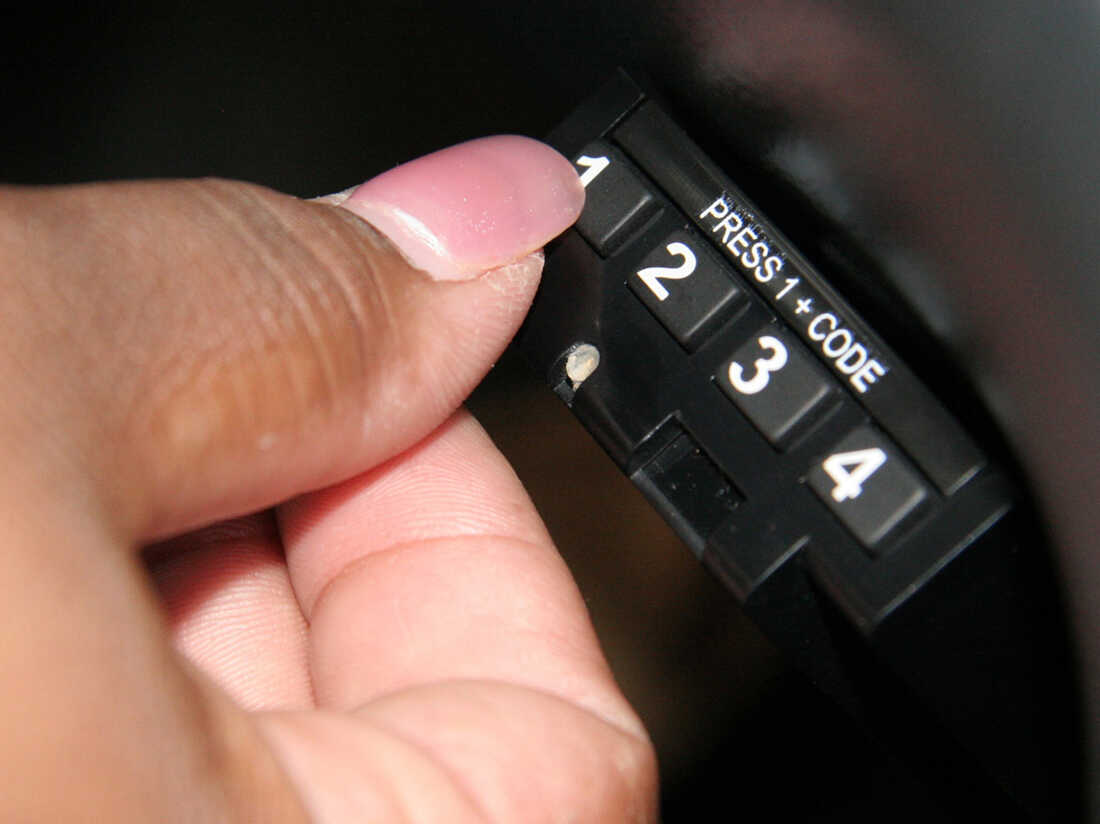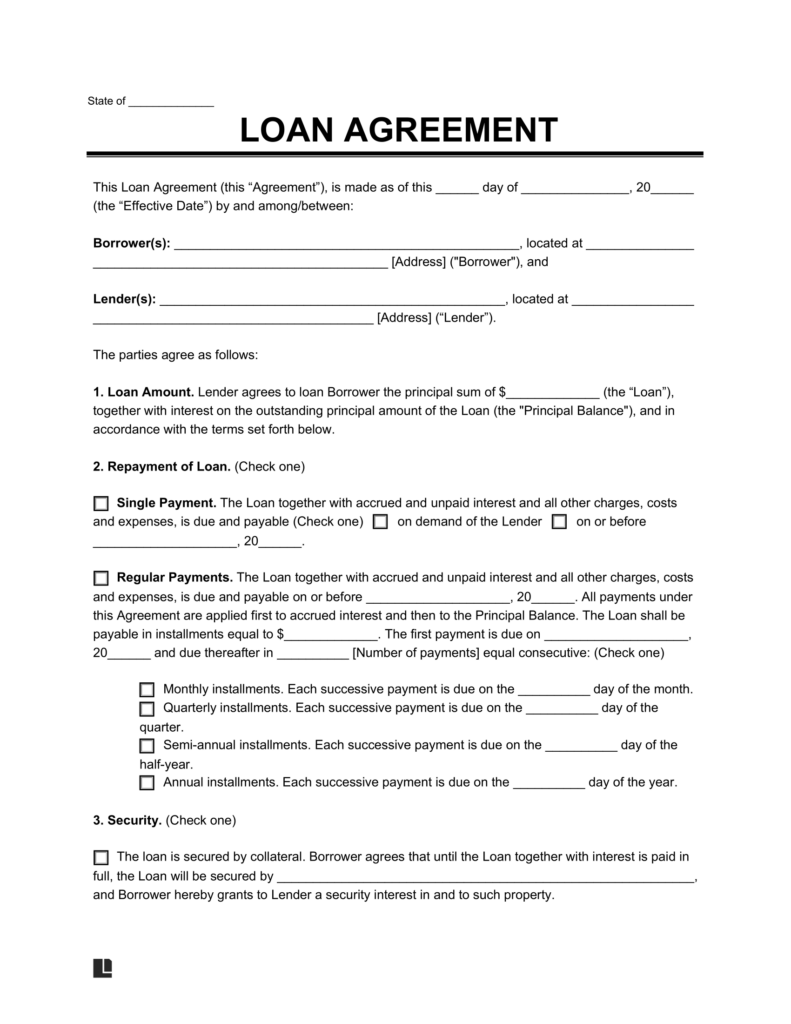Loan Connector Navigational – A repayment loan is a loan with regular payments on the loan amount and the accrued interest. With a repayment loan, the associated interest expenses are first repaid over the period and the remaining amount is then used to reduce capital. Common repayment loans include car loans, home loans and personal loans offered by banks for small projects or debt consolidation.
Amortized loan interest is calculated based on the final loan balance; the amount of interest owed decreases with payment. This is because any payment that exceeds the interest amount reduces the principal amount, thereby reducing the balance on which interest is calculated. As the interest portion of the repaid loan decreases, the principal portion of the payment increases. Therefore, interest and principal are inversely related to repayments over the loan repayment period.
Contents
- Loan Connector Navigational
- U.s. Army Offers To Pay Off Student Loan Debt For New Recruits > Joint Base San Antonio > News
- Easy Home Loans
- Saudi Fund For Development Provides Over $580 Million In Development Loans To African States
- Navs Meet Margin Loans: The Rise In Single Asset Financings
- Vestcor Seeks $5 Million City Loan For Merrill Road Affordable Housing
- Automated Loan Document Processing [quick Guide]
- Mortgage Firm Blames Cyberattack For Outage
- Share this:
- Related posts:

Paying off a loan is the result of a series of calculations. First, multiply the current loan balance by the current interest to get the current interest due. (The annual interest rate can be divided by 12 to determine the monthly interest rate.) Subtracting the interest due during the period from the total monthly payment gives the principal amount paid during the period.
U.s. Army Offers To Pay Off Student Loan Debt For New Recruits > Joint Base San Antonio > News
The principal amount paid during the period will be applied toward the outstanding balance of the loan. Therefore, the current loan balance minus the current principal amount paid is the new outstanding balance of the loan. This new outstanding balance will be used to calculate interest for the next period.
While repayment loans, jumbo loans and revolving debt (particularly credit cards) are similar, they have important differences that consumers should understand before taking on one of these loans.
Amortized loans are typically repaid over time, with the same amount paid in each repayment period. However, there is always the option to pay more and further reduce the amount of principal owed.
Balloon loans typically have relatively short terms and only a portion of the principal balance is amortized over the term. At the end of the term, the remaining amount is paid out as a final payment, usually a larger amount (at least twice the amount of the previous payment).
Easy Home Loans
Credit cards are the most well-known type of revolving debt. With revolving debt, you borrow against a set credit limit. You can continue to borrow as long as you do not reach your credit limit. Credit cards differ from repayment loans in that they do not have a fixed payment amount or a fixed loan amount.
With a repayment loan, each payment is applied to both interest and principal, initially paying more interest than principal until the ratio is eventually reversed.
The calculation of the amortized loan can be viewed in the amortization table. The relevant balances and dollar amounts for each period are shown in the table. In the following example, each period is a row in the table. These fields include the payment date, the principal amount of the payment, the interest portion of the payment, the total interest paid to date, and the final outstanding balance. The following table excerpt is for the first year of a $165,000, 30-year mortgage with an annual interest rate of 4.5%.

Yes. To pay off an amortized loan early, you can make more frequent payments or pay just the principal amount. Since interest is charged on the principal amount, additional payments on the principal amount will reduce the accrued interest. Before you try this, check your loan agreement to see if you will be charged a prepayment penalty.
Saudi Fund For Development Provides Over $580 Million In Development Loans To African States
Most lenders provide a repayment schedule that shows the interest-to-principal ratio of each payment. You can also request this information from your lender.
Amortized loans are about both the estimated interest and principal you owe. If your credit allows, you can make additional principal payments to lower your total loan amount. Try using a repayment calculator to get an idea of how much interest you’ll pay on a potential loan.
Authors are required to use primary sources to support their work. This includes white papers, government data, original reports and interviews with industry experts. Where appropriate, we also refer to original research from other renowned publishers. Read our Editorial Guidelines to learn more about the standards we follow when creating accurate, unbiased content.
The offers listed in this table come from partners from whom we receive compensation. This compensation may affect how and where listings appear. All offers available on the market are excluded.
By clicking “Accept All Cookies”, you agree to the storing of cookies on your device to enhance site navigation, analyze site usage, and assist in our marketing efforts. The term “loan” refers to a credit instrument consisting of an amount of money lent to another party in exchange for future repayments of value or principal. In many cases, lenders also add interest or financing costs to the capital value, which the borrower must repay in addition to the principal amount.
The loan can be granted for a specific one-off amount or as a permanent credit line up to a set limit. Loans come in many different forms including secured loans, unsecured loans, business loans and personal loans.
A loan is a form of indebtedness by a natural or legal person. An advance of money from a lender (usually a corporation, financial institution, or government) to a borrower. In return, the borrower agrees to a number of specific terms, including any financing costs, interest, repayment dates and other terms.

In some cases, the lender may require collateral to secure the loan and ensure repayment. Loans can also come in the form of bonds and certificates of deposit (CDs). It’s also possible to take out a loan through a 401(k) account.
Vestcor Seeks $5 Million City Loan For Merrill Road Affordable Housing
Here’s how the loan process works: When someone needs money, they apply for a loan from a bank, company, government, or other institution. Borrowers may be asked to provide specific details such as the reason for the loan, financial history, Social Security Number (SSN), and other information. Lenders consider this information along with a person’s debt-to-income ratio (DTI) to determine whether the loan can be repaid.
Depending on the applicant’s creditworthiness, the lender will reject or approve the application. If a loan application is rejected, the lender must justify this. If the request is approved, both parties will sign a contract setting out the details of the agreement. The lender advances the loan proceeds, and the borrower must later repay this amount, including any additional costs such as interest.
The terms of the loan are agreed upon by all parties before any money or property changes hands or is paid. If the lender requires collateral, they will outline this in the loan documents. For most loans, a maximum interest amount is set, among other agreements, such as the duration of repayment.
Loans are granted for many reasons, including major purchases, investments, renovations, debt consolidation and business investments. Loans also help existing companies expand their operations. Credit can help grow an economy’s overall money supply and create competition by providing credit to new businesses.
Automated Loan Document Processing [quick Guide]
Loan interest and fees represent an important source of income for many banks and some retailers through the use of credit facilities and credit cards.
There are several important terms that determine the amount of the loan and the speed at which the borrower repays the loan:
In addition, lenders may charge additional fees, such as: E.g. processing fees, service fees or late payment interest. For larger loans, collateral, such as a property or a vehicle, may also be required. If the borrower defaults on loan payments, these assets can be seized to pay off the remaining debt.

To qualify for a loan, potential borrowers must demonstrate their ability and financial discipline to repay the lender. Lenders consider several factors when deciding whether a particular borrower is worth the risk:
Mortgage Firm Blames Cyberattack For Outage
To increase your chances of getting a loan, it is important to show that you can handle your debts responsibly. Pay off your loans and credit cards on time to avoid unnecessary debt. This also means you get a cheaper interest rate.
If you have a lot of debt or poor credit, it is still possible to qualify for a loan, although the interest rates on these loans may be higher. Since these loans cost much more in the long run, it is better to try to improve your credit score and debt-to-income ratio.
Interest rates have a significant impact on the final cost of the loan and the borrower. A loan with a higher interest rate has a higher monthly payment or a longer repayment period than a loan with a lower interest rate. For example, if a person borrows $5,000 in five-year installments or terms
Navigational, loan connector, navigational charts, navigational instruments, navigational tools, navigational lights, navigational maps, navigational gps, navigational buoys, navigational signs, navigational plotter, navigational bronchoscopy